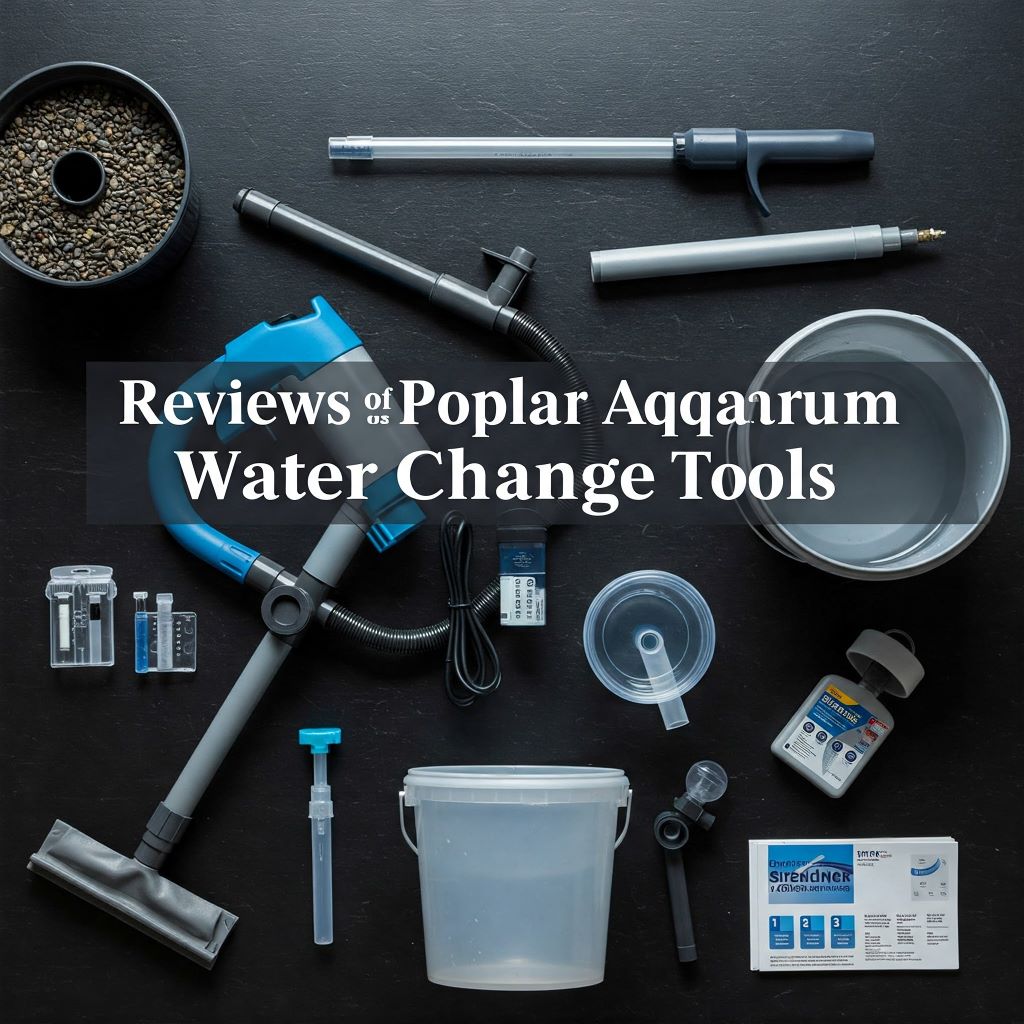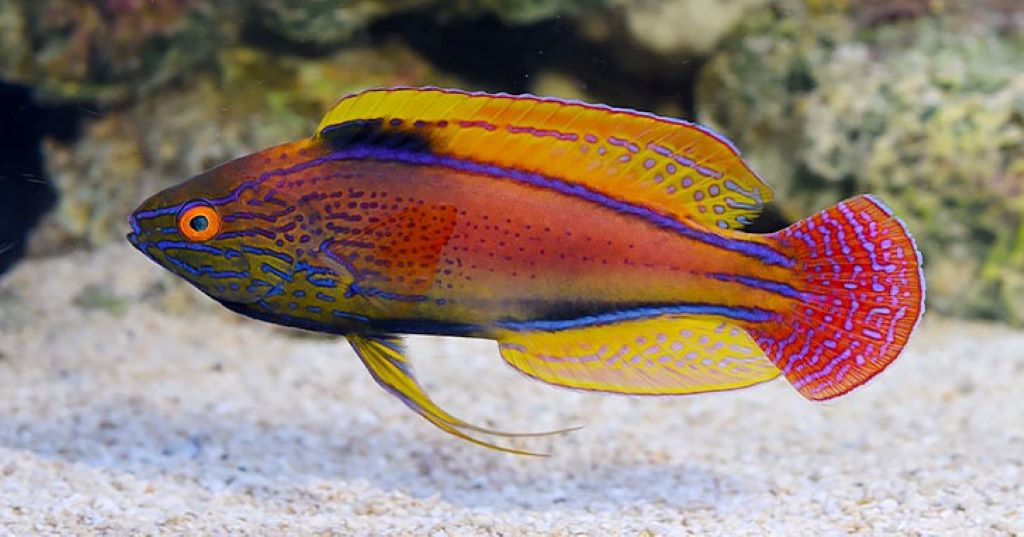Introduction:
Maintaining a healthy and vibrant aquarium requires diligence and attention to detail. One of the most crucial aspects of aquarium care is performing regular water changes. This seemingly simple task can be fraught with potential pitfalls if not executed correctly. In this comprehensive guide, we’ll delve deep into the intricacies of aquarium water changes, exploring common mistakes to avoid, the pros and cons of different approaches, and answering frequently asked questions to empower you with the knowledge to keep your aquatic pets happy and thriving.
The Importance of Aquarium Water Changes:
Before we dive into the specifics, let’s understand why water changes are so vital for your aquarium’s well-being. Over time, fish waste, uneaten food, and decaying organic matter accumulate in the tank, leading to a buildup of harmful toxins like ammonia, nitrites, and nitrates. These toxins can stress your fish, weaken their immune systems, and even lead to fatalities.
Water changes serve to dilute these harmful substances, replenish essential minerals, and maintain stable water parameters, creating a healthier environment for your aquatic inhabitants.
Common Mistakes to Avoid During Water Changes:
Over-Cleaning:
While maintaining a clean environment is crucial, excessive cleaning can be detrimental. Over-cleaning can disrupt the beneficial bacteria colonies that play a vital role in the nitrogen cycle, leading to ammonia and nitrite spikes.
Using the Wrong Water:
Tap water often contains chlorine and chloramine, which are harmful to fish. Always use a dechlorinator to neutralize these chemicals before adding water to your aquarium. Additionally, ensure the new water is at the same temperature as the tank water to avoid shocking your fish.
Changing Too Much Water at Once:
Drastic water changes can disrupt the delicate balance of the aquarium ecosystem. It’s generally recommended to change 10-20% of the water every week or two, depending on the tank’s stocking density and bioload.
Cleaning the Filter Media with Tap Water:
The filter media houses beneficial bacteria that are essential for maintaining water quality. Cleaning the media with tap water can kill these bacteria, disrupting the nitrogen cycle. Instead, rinse the media in a bucket of aquarium water to preserve the beneficial bacteria.
Forgetting to Gravel Vacuum:
Uneaten food and fish waste tend to accumulate in the substrate. Regularly vacuuming the gravel during water changes helps remove this debris, preventing the buildup of harmful toxins.
Ignoring Water Parameters:
Regularly testing the water for ammonia, nitrites, nitrates, pH, and other essential parameters is crucial. These tests provide valuable insights into the water quality and help you make informed decisions about water changes and other maintenance tasks.
Not Acclimating New Fish Properly:
When introducing new fish to your aquarium, it’s essential to acclimate them slowly to the new water parameters. Floating the bag containing the new fish in the aquarium for 15-20 minutes and gradually adding small amounts of tank water to the bag helps minimize stress and prevent shock.
Overfeeding:
Overfeeding leads to excess waste production, increasing the bioload on the aquarium. Feed your fish only what they can consume in a few minutes to avoid overfeeding.
Not Observing Your Fish:
Regularly observing your fish for signs of stress or disease is crucial. Early detection of problems allows for prompt intervention, preventing more serious issues down the line.
Neglecting Plant Care:
Live plants play a vital role in maintaining water quality by absorbing nitrates and providing oxygen. Regularly trim and maintain your plants to ensure their health and effectiveness.
Pros and Cons of Different Water Change Methods:
- Bucket Method: This traditional method involves using a bucket to remove and replace water. It’s simple and cost-effective but can be time-consuming and labor-intensive, especially for larger tanks.
- Gravel Vacuum Method: This method combines water changes with substrate cleaning. It’s effective in removing debris from the gravel but can be disruptive to the aquarium’s inhabitants.
- Python Water Changer: This specialized tool allows for quick and efficient water changes without the need for buckets. It’s convenient but can be expensive and requires a nearby water source.
- Continuous Water Change System: This advanced system automates water changes, providing a constant supply of fresh, dechlorinated water. It’s ideal for maintaining pristine water quality but can be costly and complex to set up.
Reviews of Popular Water Change Tools:

- Aqueon Aquarium Water Changer: This affordable and user-friendly water changer is a popular choice for beginners. It’s easy to assemble and use, making water changes a breeze.
- Python No Spill Clean and Fill Aquarium Maintenance System: This versatile tool allows for both water changes and gravel vacuuming. Its no-spill design minimizes mess and makes maintenance tasks more efficient.
- Fluval FX Gravel Cleaner: This battery-powered gravel cleaner provides powerful suction for efficient debris removal. Its adjustable flow rate allows for customized cleaning based on the aquarium’s needs.
Reef Tank Live Rock: The Living Foundation of Your Reef Tank
Popular FAQs about Aquarium Water Changes:
How often should I change the water in my aquarium?
The frequency of water changes depends on various factors, including tank size, stocking density, feeding habits, and filtration efficiency. As a general rule, changing 10-20% of the water every week or two is recommended.
How much water should I change during each water change?
Changing 10-20% of the water at a time is generally sufficient. However, if water parameters are significantly out of range, larger water changes may be necessary.
What is the best way to dechlorinate water for my aquarium?
There are various dechlorination products available on the market. Follow the manufacturer’s instructions for proper dosage and usage.
Can I use distilled water for my aquarium?
Distilled water lacks essential minerals that fish require. It’s best to use tap water treated with a dechlorinator or specially formulated aquarium water.
How can I make water changes less stressful for my fish?
Perform water changes slowly and gently to minimize stress. Avoid sudden changes in water temperature or flow. Dimming the lights and providing hiding places can also help reduce stress.
What should I do if my water parameters are consistently out of range?
Consistently high levels of ammonia, nitrites, or nitrates indicate a problem with the nitrogen cycle or filtration. Test the water regularly, perform more frequent water changes, and consider adjusting feeding habits or upgrading the filtration system.
How can I prevent my aquarium water from becoming cloudy?
Cloudy water can be caused by various factors, including bacterial blooms, overfeeding, or inadequate filtration. Identify the underlying cause and address it accordingly. Regular water changes and proper maintenance can help prevent cloudy water.
Can I use rainwater for my aquarium?
Rainwater can be used for aquariums, but it’s essential to test it for contaminants and adjust its pH and mineral content as needed.
How can I make water changes easier and more efficient?
Invest in tools like a Python water changer or a gravel vacuum to simplify the process. Consider setting up a continuous water change system for automated maintenance.
What are some signs that my fish are stressed due to water changes?
Signs of stress in fish include rapid breathing, gasping at the surface, lethargy, loss of appetite, and erratic swimming behavior. If you notice any of these signs, perform smaller, more frequent water changes and monitor the fish closely.
Conclusion:
Mastering the art of aquarium water changes is essential for maintaining a healthy and thriving aquatic environment. By understanding the common mistakes to avoid, the pros and cons of different methods, and the answers to frequently asked questions, you can confidently perform water changes that promote the well-being of your aquatic companions. Remember, regular observation, diligent maintenance, and a proactive approach to problem-solving are key to ensuring your aquarium remains a vibrant and captivating ecosystem for years to come.
Read more:
3D Printed Coral Cave Designs for Nano Reef Tanks: A Deep Dive




